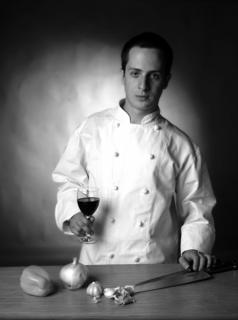Nuevo Blog..
VISITEN MI NUEVO BLOG, desde ahora chef magazine sera la pagina donde publicare todo lo nuevo. Dejare Chilechef asi que si quieres haz el link aqui..http://chefmagazine.blogspirit.com/
Roberto....
Mi mision es crear un punto de encuentro para cocineros, amantes de la cocina, y para quien desee conocer este fascinante mundo .El contenido de esta pagina consiste en; articulos para profesionales que esten interesados en un punto de vista distinto;De interes general, como las revisiones de libros ; reflexiones y memorias de mi experiencia como cocinero. Por favor dejen comentarios.
VISITEN MI NUEVO BLOG, desde ahora chef magazine sera la pagina donde publicare todo lo nuevo. Dejare Chilechef asi que si quieres haz el link aqui..http://chefmagazine.blogspirit.com/

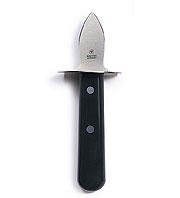

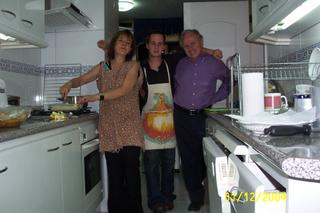
He aqui una carta de mi Madre...
Un beso grande a la distancia.
Te quiero mucho
Roberto
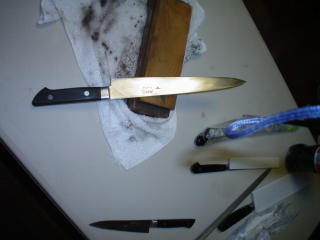
Wine used to be our last choice to drink up with the boys on a Friday night. It gave us too big a hang-over. Food was, for those boys, a good excuse to get together, which, in a way, turned me on to cooking, although that was to come many years later. But this is not another after-school special about a kid becoming a man when he finds his place in a kitchen. This story is about an adult man who still disliked wine, and how he learned to love it, and what all that has to do with food.
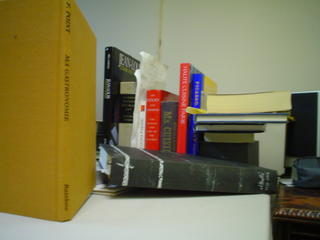
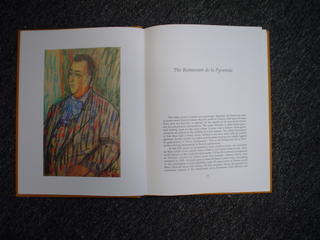


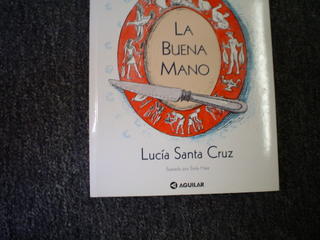
I ran across this article, and I thought it was too good not to comment about it..., or at least to talk about corn a little bit.

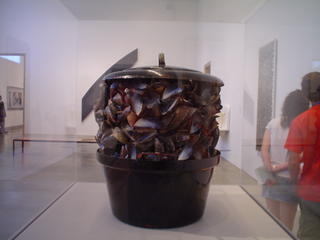
Un regalo del Poeta Pablo Neruda para todos los que han probado y aun mejor cocinado un caldillo de Congrio.
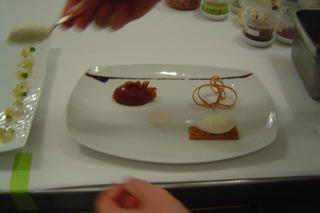
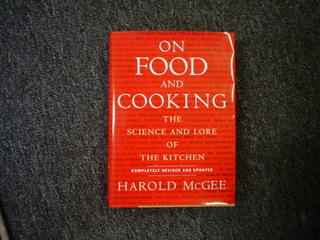
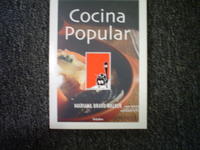
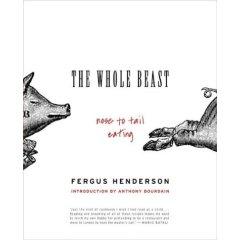
I first got my hands on Fergus Henderson’s book after Anthony Bourdain brought him over to speak at the CIA. Most of the attention was centered, of course, on the celebrity chef, but he kept trying to shift the focus to the skinny, nervous looking quiet and considerably shorter man next to him. Fortunately for all of us, the school has a fair share of knowledgeable students who had heard about Chef Henderson and his mythic restaurant:
Two day later I gathered my money and went over to buy The Whole Beast: Nose to Tail Eating. I was not disappointed.
This book is very different from most in my collection. It’s definitely not the kind I would normally pick out of a shelf. It has no photography, the white paperback cover is my definition of unpretentious and it’s smaller than most modern marketable cookbooks. However, it’s true what they say: don’t judge a book by its cover. Upon closer inspection (I mean just looking at the contents) you find surprising recipes for “Roast Bone Marrow and Parley Salad”, “Lamb’s Brain Terrine” and “Confit of Rabbit Leg in Broth”. He has a story for most dishes, and all of them he has offered at his restaurant.
I’ve never dined at
Although many shriek at the thought of eating organ meats, the philosophy behind “The Whole Beast” is one to be appreciated by every cook and gourmand lucky enough to read it. Since I couldn’t possibly express it better than Chef Henderson, I let him speak through his book’s introduction:
“This is a celebration of cuts of meat, innards, and extremities that are more often forgotten or discarded in today’s kitchen; it would seem disingenuous to the animal not to make the most of the whole beast: there is a set of delights, textural and flavorsome, which lie beyond the fillet."
LAS BAILARINAS DE DEGAS Y LAS GELATINAS DE FERRAN ADRIA


Actualmente, los nombres de El Bulli en España, Alinea en Chicago y The Fat Duck en Inglaterra están dando mucho que hablar en el medio gastronómico por sus aventuradas propuestas culinarias y los experimentos gastronómicos-moleculares de sus cocineros. Indudablemente el precursor de este grupo es Ferrán Adrià. Su aporte hacia la técnica culinaria es innegable y bienvenido. Por ejemplo, nos ha enseñado a servir gelatinas tibias usando Agar Agar y a jugar con texturas trabajando con esponjas y espumas de gelatina.
La comida que ellos preparan puede ser valorada como intelectual. ¿Qué pasa cuando un restaurante basa su menú en nuevas experiencias o creaciones? ¿Qué pasa cuando el fundamento es innovar? Pasa lo que yo llamo un restaurante para cocineros, un nuevo apoyo para nuestro oficio. En efecto, como cocinero estamos acostumbrados ya a probar combinaciones de sabores o texturas improbables. Probamos incluso los interiores de varios animales y otras comidas en todas sus formas, cocciones y texturas imaginables: cruda, frita, curada, en espuma, etc. Muchas veces incluso probamos aquello que la mayoría desecha por considerarlo incomible. Es la única manera de desarrollar un paladar objetivo, o dicho en otras palabras, aprendemos a analizar y apreciar un plato de manera objetiva por su técnica (cocción adecuada, buen punto de la salsa) y su sabor (sazón adecuada, combinaciones que se complementan). Podemos decir, finalmente, si un plato alcanza un deseado equilibrio. Esa opinión técnica es diferente a la buscada como comensal.
The Fat Duck, por ejemplo, propone un Blood Orange and Beetroot Jelly. No dudo que la combinación es interesante; Definitivamente es nueva. Tampoco dudo que al probarla, si está bien ejecutada, sea aún más interesante. Sin embargo, no es una sensación que, como comensales, realmente nos deleite. Muchos, incluso, pueden considerar que la combinación de naranja y remolacha no sean apetecibles.
Alinea, por su parte, trata de cambiar el concepto de lo que es un restaurante. Quieren apuntar a la experiencia como una mezcla de sensaciones distintas que vienen a ser como un Disneylandia en el paladar. Un restaurante obstinado en sorprenderte, y que esa sea tu experiencia.
A ti, ¿qué tipo de restaurante te gusta?
Foto: Raviolis de falso tartufo con semillas de pimientos de Padron y yogur(El Bulli vol3)


